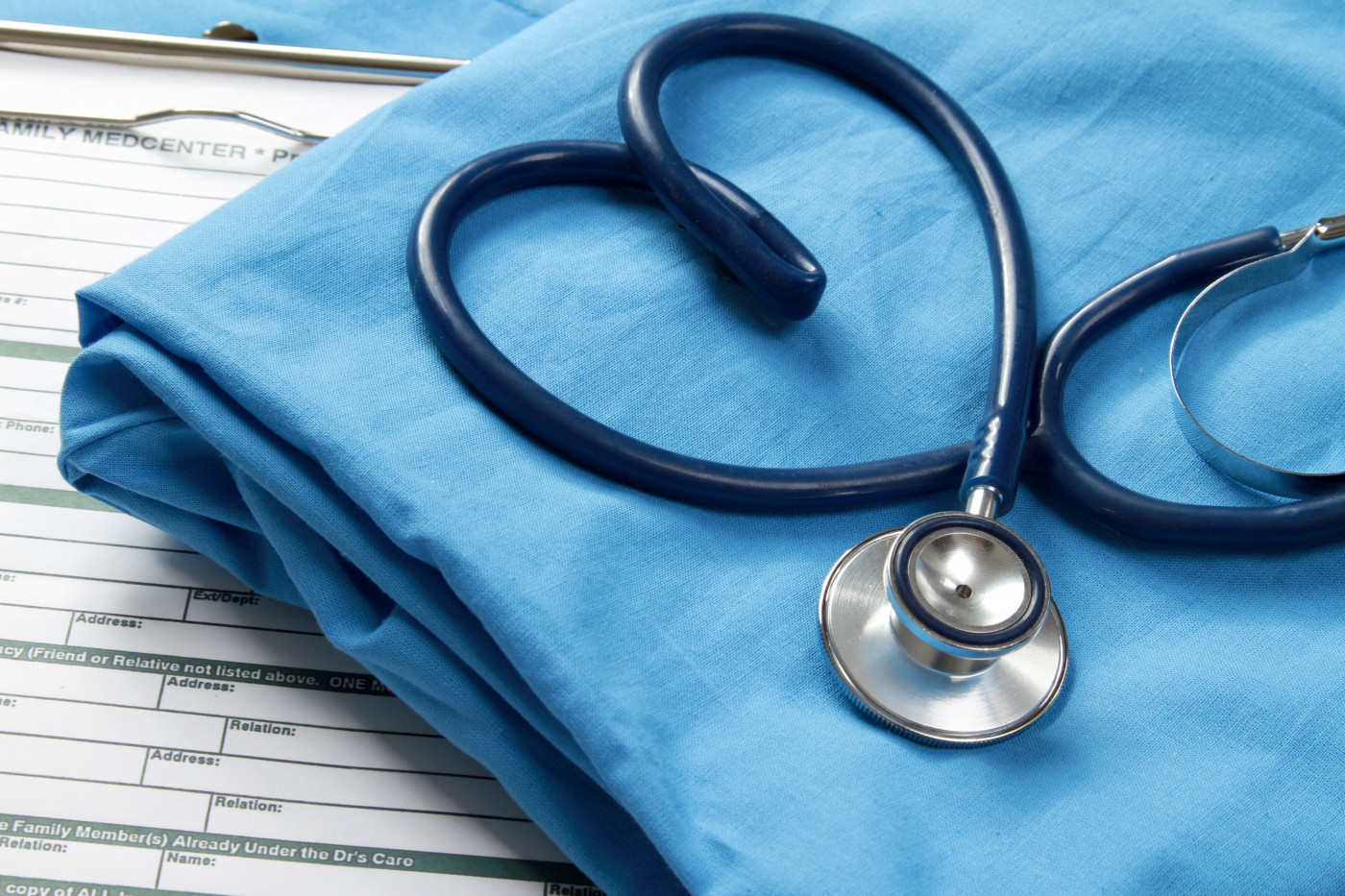Short In-hospital Exercise Program Found to Improve Patient Health
Written by |

A short, in-hospital exercise program was found to decrease the levels of fats, or lipids, in the blood of people with sarcoidosis and to improve their physical health.
In fact, researchers said that changes in the lipid profile could potentially be used to determine how well a patient is responding to lung rehabilitation therapy.
The study, “The effects of exercise training on lipid profile in patients with sarcoidosis,” was published in Nature Scientific Reports.
Fatigue is a common symptom of sarcoidosis and is thought to be associated with inflammation. Inflammation also can have an impact on lipid levels and may put patients at risk of developing atherosclerosis — a condition in which fatty deposits build up inside the arteries. Thus, sarcoidosis treatment includes keeping lipid levels within a normal range and exercising.
“Chronically elevated inflammatory-immune response is a major risk factor for neuromuscular and cardiovascular [impairment],” the researchers wrote.
“Thus, maintaining serum and lipoprotein lipid levels near the recommended range and regular physical activity (PA) are recommended as an integral part of sarcoidosis treatment,” they wrote.
However, whether exercise training can modulate lipid levels in sarcoidosis patients is not clear.
To test this, a team led by researchers in Poland recruited 14 sarcoidosis patients to evaluate their lipid profile, physical capabilities, and lung function before and after a moderate exercise program. Each of the participants was being treated by the department of lung diseases and tuberculosis at the Medical University of Silesia, in Zabrze, Poland.
All 14 patients had been recently diagnosed with sarcoidosis (up to 6 months previously), and all had a history of fatigue. Their mean age was 46, and 22% had a body mass index (BMI) higher than the normal range. BMI is a measure of body fat based on height and weight.
Throughout the three-week study, the patients followed a moderate-intensity exercise training program. They exercised five days a week, for two hours per day, under supervision and in a hospital setting. The rehabilitation program included aerobic endurance exercises — stationary cycling or the use of a treadmill for up to 30 minutes per day — and peripheral muscle strength training. Participants also received respiratory muscle training using an inspiratory muscle training device by Threshold IMP (Healthdyne Technologies).
All patients consumed the same low-fat diet in the hospital.
Results showed the rehabilitation exercise program significantly eased the patients’ symptoms, notably fatigue and shortness of breath. Transfer factor for carbon monoxide (TLCO), an indicator of lung function, and the six-minute walk distance (6MWD), a test of physical endurance, also showed positive results. In the 6MWD in particular, patients were able to walk a mean of 547.29 meters (nearly 1,800 feet) in six minutes at the end of the program, as compared with 508.43 meters (1,668 feet) at the study’s start.
The beneficial effects of exercising also were reflected in grip strength and respiratory muscle force.
Several laboratory tests were carried out before and after the three weeks of training. The levels of myosin, a muscle protein, increased substantially after exercise, from 1.73 to 5.61 micrograms per milliliter. In contrast, markers of inflammation and cell damage decreased after the rehabilitation program.
Total cholesterol and triglycerides decreased, while the levels of HDL, considered the “good” cholesterol, increased in the blood of the sarcoidosis patients after the training period.
In addition, before the study period, patients had a high atherogenic index of plasma (AIP), a value of 0.37. Data show that AIP values of minus 0.3 to 0.1 indicate low risk for atherosclerosis, while values of 0.1 to 0.24 show medium risk, and those above 0.24 signal high risk. Training significantly lowered patients’ AIP values from 0.37 to 0.32.
Using a technique called proton nuclear magnetic resonance (NMR) spectroscopy, the team further evaluated the compounds found in the blood of sarcoidosis patients. They identified a decrease in fatty acids, triglycerides, and total cholesterol after the rehabilitation program.
Based on the results, the team concluded that “a short-time, in-hospital exercise training benefits patients with sarcoidosis by enhancing their physical function.”
“Additionally, positive effect on lipid profile was observed also in this study,” the researchers wrote.
The researchers suggested that “lipid profiling could become a new prognostic method to assess effects of pulmonary rehabilitation in patients with sarcoidosis,” although they noted that further studies are needed to confirm the validity of lipid profile biomarkers as diagnostic and prognostic tools.





